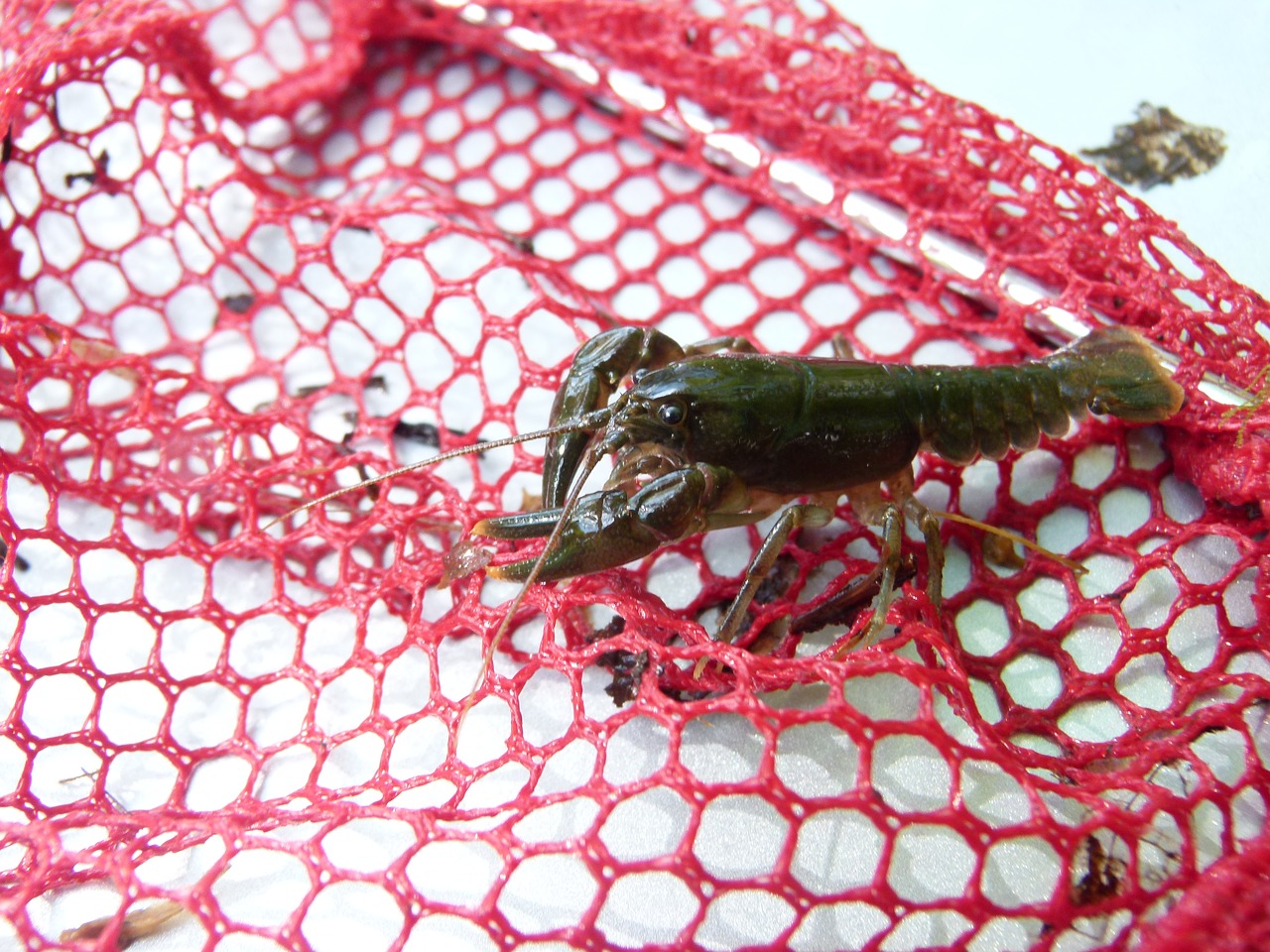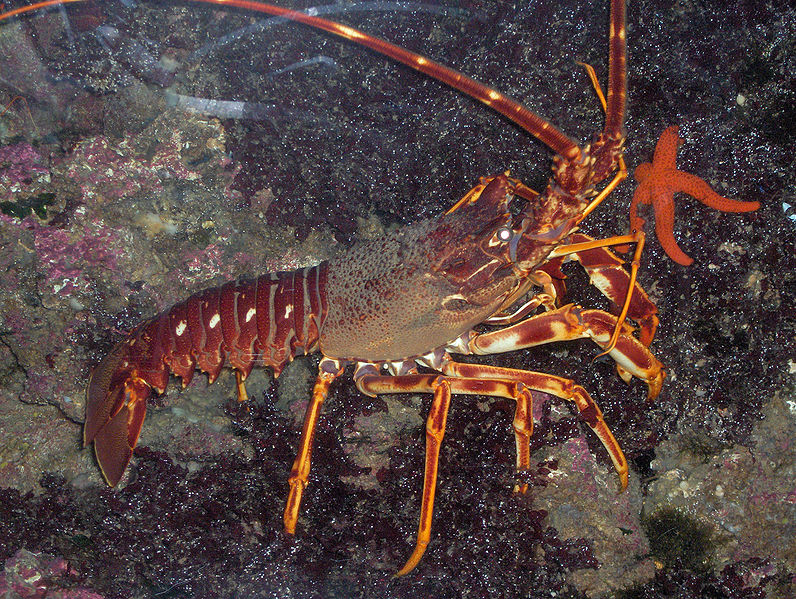Sign up for the daily CJR newsletter.
Summer starts this week, a great time for a fish boil. What would you call the creature above?
No, it is not a baby lobster or an odd-looking shrimp. What you call it probably depends on where you grew up. You might know it as a “crawfish,” “crayfish,” or “crawdad.”
That last one is probably the least well-known, but not the most unfamiliar. People flocked to Merriam-Webster to look up “crawdads” after the author Celia Owens appeared on a television program to discuss her first book, Where the Crawdads Sing. (The answer: Only in the wilderness, when only you can hear them. And then you’re probably imagining it. Crawdads don’t sing.)
ICYMI: Hand signs are useful—but not universal
“Crawdad,” M-W helpfully explained, “is the synonym of the words crawfish and crayfish that is used chiefly west of the Appalachians to mean the aquatic animal that looks like a small lobster and lives in rivers and streams.” In our experience, they are also called “crawdaddies,” a diminutive. And in a few places, The Dictionary of Regional English says, they’re called “crawdabs.”
But they’re not fish; they’re crustaceans, cousins of lobsters and shrimp and crabs and other species. They didn’t get their fishy names because they live in the water. In fact, some “crawfish” live on land as well as in water. Instead, as M-W says:
Crayfish is an altered form of the Middle English word crevis, which derived from the Anglo-French word creveis, which had the stress on the second syllable. This syllable was heard and repeated as -fish frequently enough to alter the word toward the more English-sounding name.”
“Crawfish” is probably the most common usage in the United States. Expand the regionalism even farther, though, and you might find “crawfish” in London fish markets. But there, it’s really a “spiny lobster,” also called a “thorny lobster.” Those are lobsters with nice tails, but without the big claws.
There is yet another cousin, which the French call “langoustine,” and they look like this:
Those look more like “crawfish” than “lobster,” with longer claws.
Wait. It gets worse: These “langoustine” are also called “Dublin Bay prawns,” M-W says. “Prawn” is usually thought of as a synonym for shrimp, though, scientifically speaking, the “prawn” family includes, M-W says, “any of various widely distributed edible decapod crustaceans” including what we’re calling here “langoustine.” (The French word for “shrimp” is “crevette,” taking us back to “creveis.”)
But wait. There’s more! You can also find “langostino.”
Despite its Italian-sounding name. “langostino” comes from the Spanish for … “spiny lobster” or “little lobster.” Though they are sometimes marketed as lobster (and also called “squat lobsters”), they are more closely related to hermit or porcelain crabs. This helpful chart from seafoodsource.com shows the difference.
In the United States, food labeling is supposed to tell you what you’re eating. As Seafoodsource says, menus and other food labels can call “langostino” “lobster” as long as a modifier is added, like, um, “langostino lobster” or “squat lobster.” But in 2016, Inside Edition tested the “lobster” at 28 restaurants nationwide and found that more than a third were charging for lobster but selling something cheaper, including “langostino.”
Restaurants and seafood stores, seeking to attract classier audiences and higher prices, might be prone to crustacean inflation, where the fancier word replaces accuracy in labeling.
So the next time you go to buy some “langoustines,” make sure they’re not really “crawfish,” “crayfish,” or “crawdads,” which you might be able to pick up in a muddy backyard.
Or just order a burger.
ICYMI: How cadence influences sentence structure
Has America ever needed a media defender more than now? Help us by joining CJR today.









